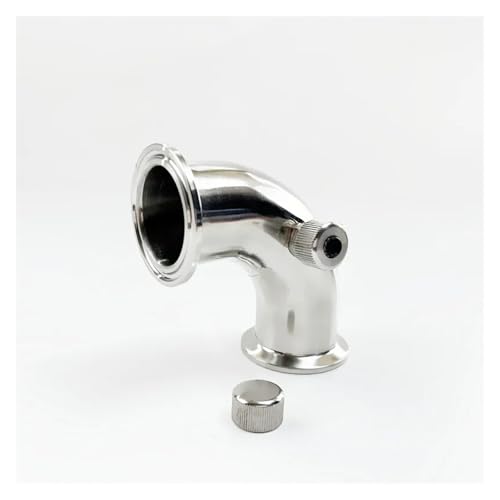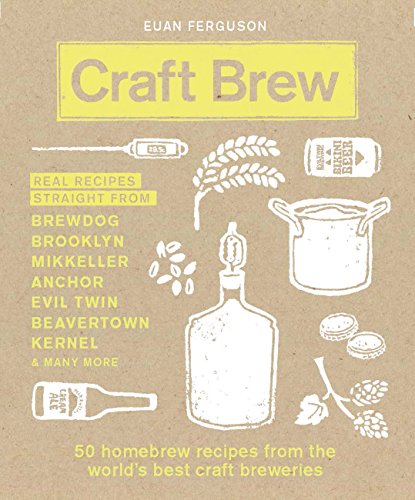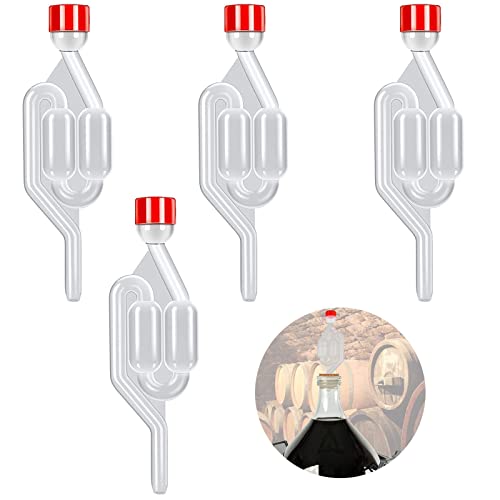Hi Apologies for the newbie question 
I recently brewed some Coopers Australian Lager which I was very pleased with, my friends thought it was Carling, (not sure if that was a compliment or not) but it was a little flat, I added 1½ carbonation drops per 500ml when bottle perhaps 2 would've been better.
My question is; I have some Wherry at the moment in the FV which seems to be coming on nicely, when I start to bottle it (using Coopers PET bottles) how much sugar should I add to each bottle and would using the carbonation drops again be a good idea?
Also is it ok to reuse the plastic caps?
Thanks in advance

I recently brewed some Coopers Australian Lager which I was very pleased with, my friends thought it was Carling, (not sure if that was a compliment or not) but it was a little flat, I added 1½ carbonation drops per 500ml when bottle perhaps 2 would've been better.
My question is; I have some Wherry at the moment in the FV which seems to be coming on nicely, when I start to bottle it (using Coopers PET bottles) how much sugar should I add to each bottle and would using the carbonation drops again be a good idea?
Also is it ok to reuse the plastic caps?
Thanks in advance











![BREWING THERMOMETER STICKERS ACCURATELY MONITOR FERMENTING BEER & WINE LIQUID TEMPERATURES 5PCS HOME BREW SPIRITS WINE LCD ADHESIVE [US]](https://m.media-amazon.com/images/I/311DDjo2X3L._SL500_.jpg)




























